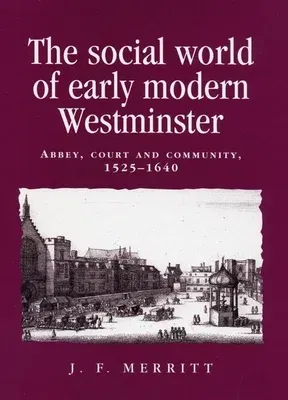J F Merritt
(Author)The Social World of Early Modern Westminster: Abbey, Court and Community, 1525-1640Paperback, 1 July 2012

Qty
1
Turbo
Ships in 2 - 3 days
In Stock
Free Delivery
Cash on Delivery
15 Days
Free Returns
Secure Checkout

Part of Series
Politics, Culture and Society in Early Modern Britain
Part of Series
Politics Culture and Society in Early Modern Britain Mup
Print Length
392 pages
Language
English
Publisher
Manchester University Press
Date Published
1 Jul 2012
ISBN-10
0719087732
ISBN-13
9780719087738
Description
Product Details
Author:
Book Format:
Paperback
Country of Origin:
US
Date Published:
1 July 2012
Dimensions:
23.39 x
15.6 x
2.06 cm
ISBN-10:
0719087732
ISBN-13:
9780719087738
Language:
English
Location:
Manchester
Pages:
392
Publisher:
Series:
Weight:
553.38 gm